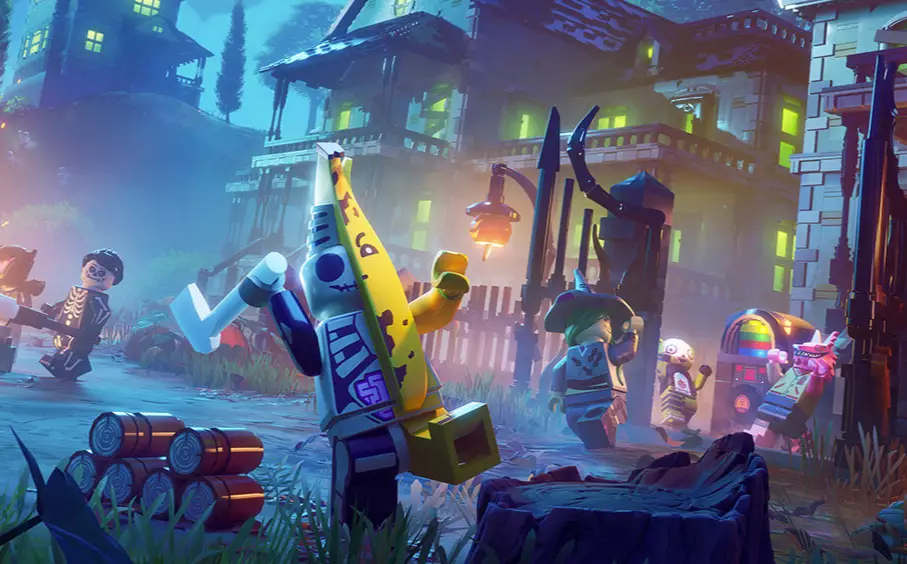As the festive season approaches, a familiar trend surfaces: the overwhelming desire of children for video games and gaming-related products. According to a recent study conducted by the Entertainment Software Association (ESA), a staggering 76% of children aged 10 to 17 are expected to request video games as their primary gifts this holiday season. This statistic highlights the cultural significance of gaming in society today, as it outpaces traditional gift requests like money, clothing, and tech gadgets. For many young people, video games are no longer just a pastime; they are a central component of their holiday wishes.
The survey’s insights indicate a marked preference among boys and girls alike, with 87% of boys and 67% of girls planning to ask for video game gifts. This brings into focus the inclusive nature of gaming, appealing to a diverse audience and reshaping perceptions about who engages with video games. In terms of specifics, children expressed interest in various gaming-related items, including consoles, subscription services, games, gear, and in-game currency. This variety suggests that youngsters not only seek the games themselves but also the supplementary experiences that accompany modern gaming.
The holiday shopping predictions indicate a willingness among U.S. adults to indulge in these gaming desires, with an average expected spend of $312 on video game gifts. This number reflects a broader economic trend—how consumer behavior adapts during holiday shopping seasons, particularly in the face of rising living costs and inflation. The preference for gaming gifts demonstrates resilience within the video game market, maintaining a stronghold despite external economic pressures.
However, the excitement generated by this enthusiasm may contrast sharply with the overall performance of the gaming hardware market. Sales figures for platforms such as Xbox, PlayStation, and Nintendo Switch are showing year-over-year declines, foreshadowing a potentially challenging holiday season for brands pushing for hardware sales. The fact that new releases such as the PS5 Pro cater to a niche market rather than the everyday consumer further complicates matters for mainstream brands.
In response to these sales trends, major companies have begun to strategize aggressively for the season. Microsoft has taken steps to incentivize purchases by temporarily reducing the price of the Xbox Series X, a tactic aimed at invigorating sales. Similarly, Sony, which initially showcased promotional trailers with discounts on the PS5 Slim, has silently withdrawn these offers, raising questions about the stability and predictability of their marketing strategies. Meanwhile, Nintendo aims to capture attention by announcing Black Friday deals, all while speculation surrounds the anticipated Switch 2 release.
These market maneuvers reflect a competitive landscape where companies vie for the attention of both young gamers and their parents, who ultimately hold the purchasing power. The balance between creating excitement for new products and addressing stagnated sales illustrates the intricate nature of the video game industry, where nostalgia and innovation must coexist.
The ESA’s dual role as an advocate for the gaming industry and a lobbyist for legislative interests cannot be overlooked. As they seek to influence lawmakers against the encroachment of potential regulations, they emphasize the importance of a self-regulated industry that can adapt to changes in consumer demand and safeguard the interests of gamers. Their outward support for governmental leaders reflects a desire for open dialogue and collaboration to promote growth in the industry.
As we step into the heart of the holiday shopping season, the interplay between consumer preferences, market dynamics, and regulatory challenges creates an intricate tapestry that defines the current landscape of the gaming industry. For children, the allure of video games is undeniable, presenting a unique opportunity for companies to capitalize on seasonal demands while navigating a complex array of obstacles.
Ultimately, this holiday season may serve as a defining moment for the industry, setting patterns for the years to come. As the holiday wish lists are penned and shopping carts filled, it remains to be seen how the industry responds to its most ardent supporters: the children who still believe in the magic of video gaming.


Leave a Reply